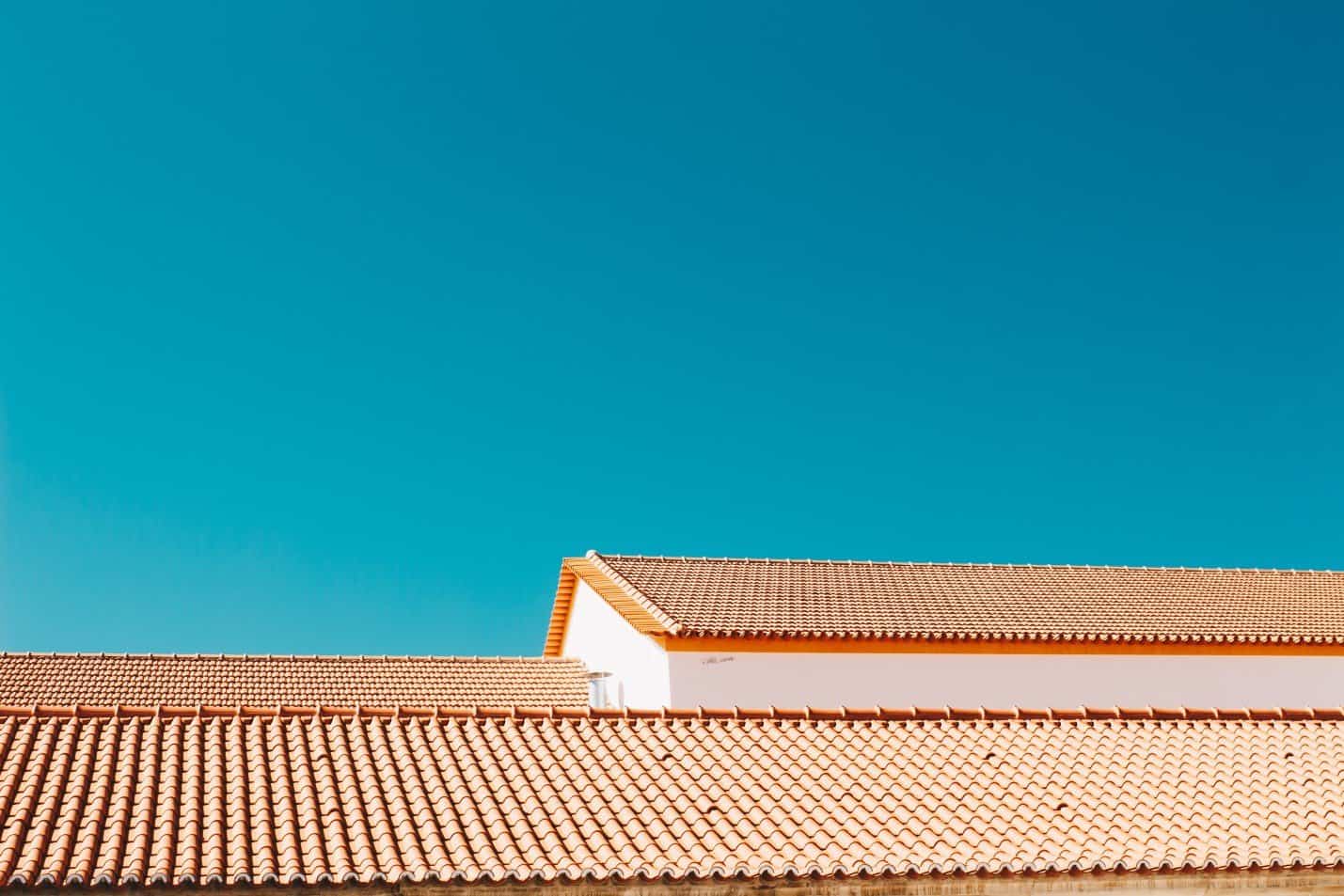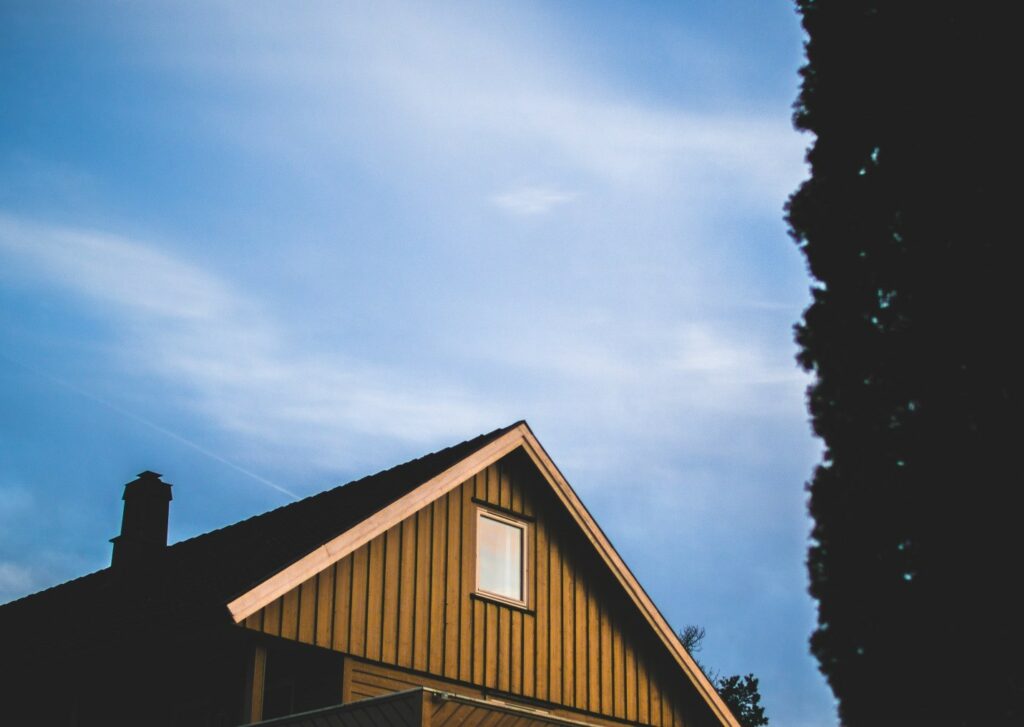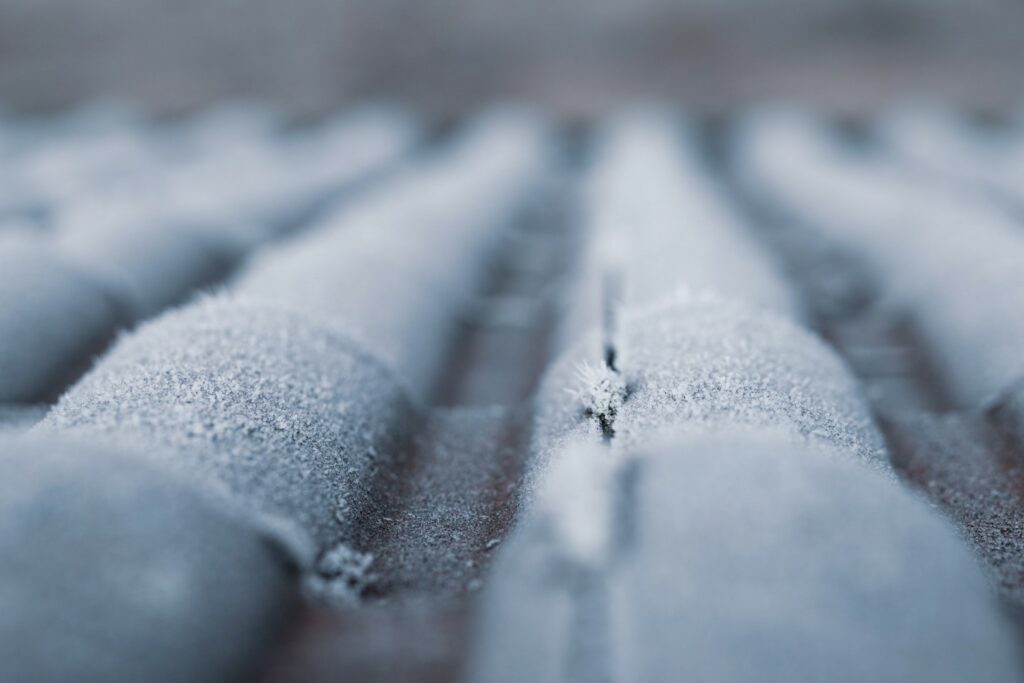When it comes to choosing the right commercial roofing material, you have a lot of options.
Coal tar
Contents
Coal tar roofing materials were developed for low-slope roof systems. They are manufactured to meet ASTM specifications, and are approved by FM and UL as Class A. Click here for more information about ASTM. Coal tar roofing systems can last up to 50 years. A coal tar roof can withstand up to three inches of water, and is considered maintenance-free.
Coal tar roofing systems include multiple plies of coal tar pitch. These ply sheets are covered with a layer of gravel to prevent the tar from leaking. The gravel layer also serves as a fireproof surface. This material is ideal for commercial applications. It is an affordable and durable option for a wide range of building types.
Because of the durability and longevity of coal tar roofing systems, coal tar roofing should be installed by a qualified company. Roofing companies must be familiar with the material’s composition and use proper safety precautions to prevent injury. It is important to know that coal tar pitch roofing can be contaminated by toxic compounds.
In addition to being flammable, coal tar roofing is also environmentally unfriendly, as it contains benzene and other chemical compounds. This can cause serious problems if exposed to large quantities. For this reason, it is highly recommended that coal tar roofing professionals use protective clothing and ventilation systems to prevent any further exposure to this chemical.
EPDM
EPDM is an elastomeric synthetic rubber that is a thermoset. It is available in black and white and is heat-stable. Depending on the manufacturer, EPDM is available as fully-cured or semi-cured material.
Semi-cured EPDM is used for flashing. This type of EPDM is manufactured by not allowing the polymer chains to fully cross-link. In addition to being heat-stable, EPDM also resists punctures and tears.
There are several reasons why EPDM roofing may fail prematurely, but most are caused by poor maintenance. Typical problems include improper installation, defective seams, and shrinkage.
As EPDM roofs age, they shrink and separation of the membrane occurs, particularly at parapet walls, seams, and penetrations. Installers typically try to compensate for this shrinkage by adding more material to the surface. Unfortunately, this can lead to a leak.
To install EPDM roofing, a commercial roof must be properly prepared. The membrane should be laid out so that it covers the entire roof. It should be a few inches longer than the building’s edge.
Once the membrane is properly spread out, the membrane should be adhered using an adhesive. To do this properly, top contractors will use rollers to apply adhesive.
EPDM is one of the most commonly used low-slope roofing materials in the USA. It is relatively cheap and easy to install. It is also relatively clean, and does not release any fumes or odors when compared to other types of roofing.
Slate
If you’re in the market for new roofing materials for your business, you may be wondering how to choose between slate and other options. Slate is a durable, low-maintenance material. However, it is not widely available, and locating a company that can do the installation properly can be difficult. A company that specializes in slate roofs will usually charge a premium for their services.
Another advantage of slate roofing is its high longevity. It requires little preventative maintenance, and it withstands heavy weather and temperature changes with ease. In addition, it is one of the most aesthetically pleasing roofing options. The natural variations in color of the stone provide the structure with a truly organic finish. It also protects the building below.
Slate is an excellent choice for commercial roofing, as it can withstand harsh weather conditions better than most other materials. In fact, a recent study found that the stone was more resilient to freezing and thawing cycles than other materials. Click the link: https://en.wikipedia.org/wiki/Slate for more information. Combined with the fact that slate is lightweight, this material can withstand harsh weather without deteriorating.
Slate is a natural roofing material that is fire and water-resistant. It is also non-conductive, minimizing electrical hazards. While there are some downsides to slate, the benefits far outweigh the disadvantages.
Clay tile
There are many advantages to choosing clay tile for your commercial roofing project. Aside from its longevity, clay tiles are resistant to fires and rot. They also resist mildew and rodent infestation. Unlike other types of roofing materials, clay tiles can withstand high wind speeds and impacts from falling objects.
Before you install your new clay tile roof, it’s important to do some preliminary planning. This means preparing the underlayment and measuring materials.
You will also want to choose a specific pattern for the tiles. This will ensure that the tiles stay in place and the roof doesn’t leak. Roofing professionals can help you choose the right pattern for your roofing project. You can click here for swcommercialroofing.com, a company with qualified roofers that can help you make the right decision. This will save you time and money.
Because clay tiles are thick, they offer excellent heat and sound insulation. They also don’t produce condensation and are easy to repair when damaged. Unlike asphalt shingles, which can last up to 20 years with little maintenance, clay tiles do not rot and are insect and fire-resistant.
Additionally, clay tiles allow air to freely circulate beneath the tiles, which regulates the temperature on the roof.
Another benefit to clay tile roof is its cost. Depending on the size and pitch, a clay tile roof can cost from $120 to $250 per 100 square feet. Considering this, a new roof covering 1,500 square feet will cost up to $20,000 to install.
However, it’s worth the investment. A clay tile roof can cost up to $20,000, so you’ll need to be sure the structure of your building can withstand the weight of the tiles.
Built-up roofs
The construction of a Built-Up Roof system involves laying down multiple layers of ply sheets, which are reinforced with fiber-glass or other materials. These sheets are then laid over hot or cold bitumen, which bonds them together. The top layer of the roof system is a reflective coating that can help keep the roof cooler in hot weather and lower energy costs.
These roof systems are one of the most common types of commercial roofs. They consist of alternating layers of reinforcing fabric and asphalt, with gravel or stone added on top. These systems are durable, typically lasting from 15 to 20 years.
Another popular type of commercial roof material is modified bitumen, which is a form of asphalt. This type of roof material is mainly used on flat or low-slope roofs. Modified Bitumen roofs are fairly durable and can last for about 20 years.
Another benefit to Built-up roof is that they are low-maintenance. Properly installed, built-up roofs can last anywhere from twenty to thirty years, with some constructions lasting up to 40 years.
Moreover, they require little maintenance, resulting in substantial savings in time and money. This type of roof material is best suited for low-slope roofs because it can last for decades without the need for replacement.
Modified bitumen
Modified bitumen commercial roof materials have many advantages. Modified bitumen is a versatile material that is easy to install. It comes in 36 to 39 inch rolls, which make it easy to maneuver in tight spaces. It is also compatible with asphalt-based roof compounds.
The downside to Modified Bitumen is that it tends to wear out faster than other flat roof types.
Modified bitumen is an asphalt-based roof system that is often used on low-slope roofs. It is available in rolls and is applied with heat. It can also be self-adhering and has a base sheet that provides excellent wind uplift protection. These materials also offer a high degree of resistance to UV rays.


